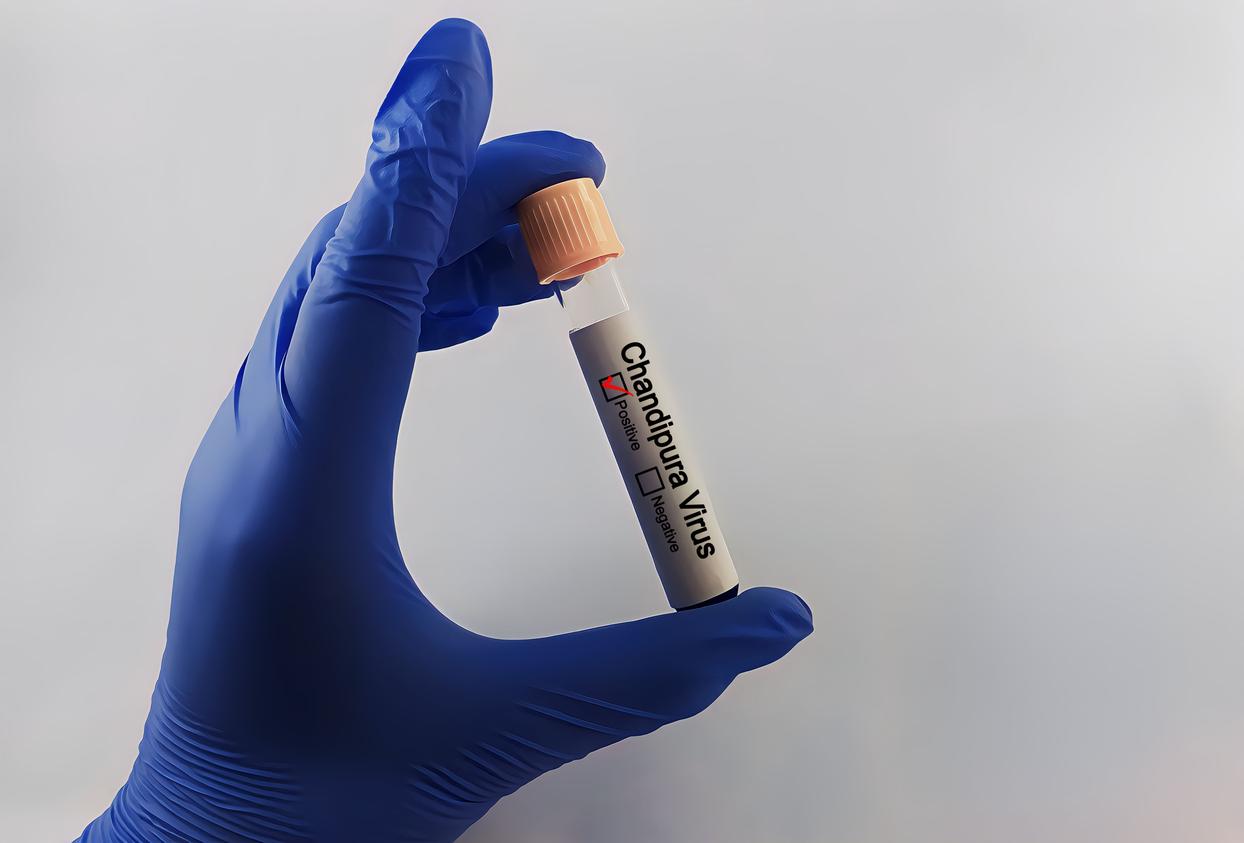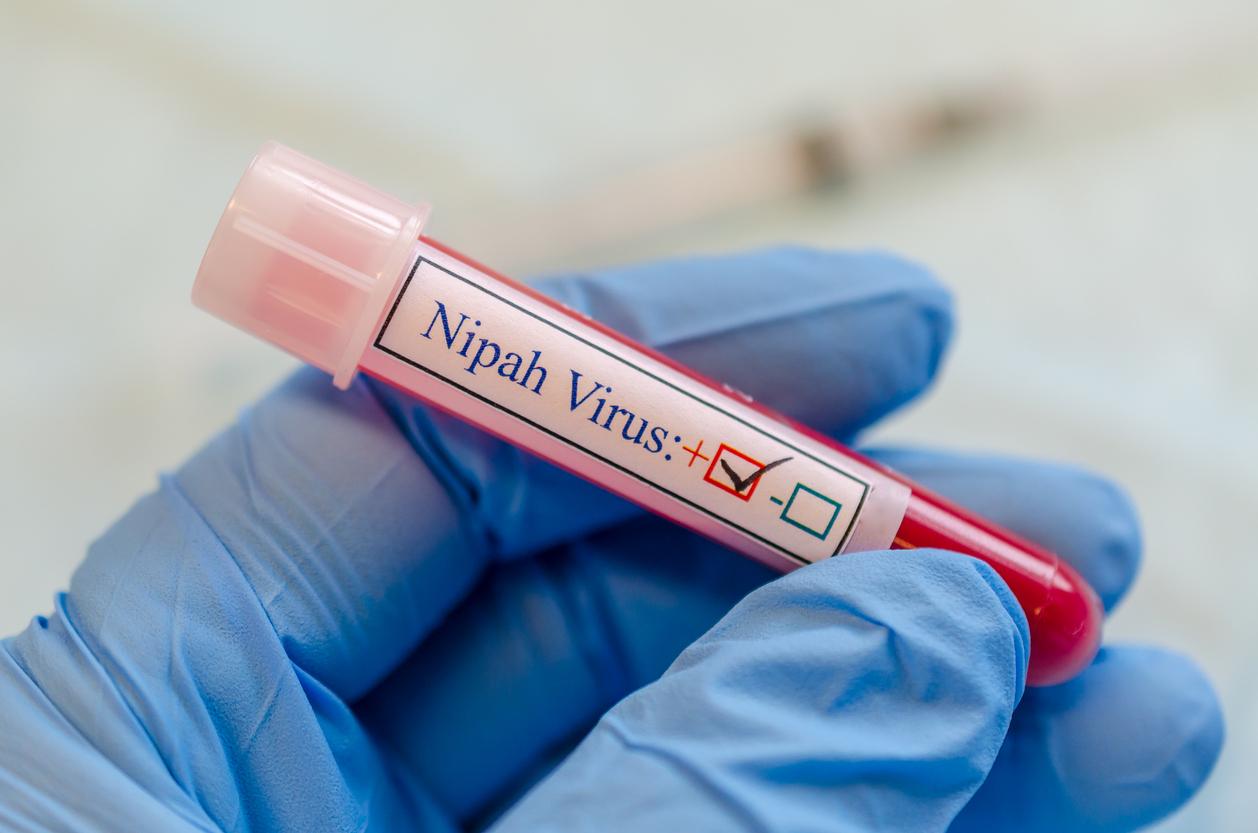October 2, 2003 – Clinical trials will soon begin to measure the effectiveness of an Indian herbal contraceptive, the origin of which is lost in the mists of time.
The recipe, taken from Ayurvedic medicine, was discovered in a medical text written at least 2,500 years ago. The contraceptive, called pippalyadi yoga, is taken from two shrubs that grow at the foot of the Himalayas, embelia (Embelia ribes) and long pepper (Piper longum). These plants are mixed with borax, a mineral found in nature, to form a powder which is taken with water.
In its modern incarnation, however, the product would be in the form of a pill that a woman would take for three weeks each month. If clinical trials are successful, the drug could be on the market within two or three years.
The researchers will also take advantage of these trials to measure the effectiveness of another shrub, the Chinese rose hibiscus (Hibiscus rosa sinensis), which is also credited with contraceptive properties.
During a study1 carried out on rats in 1977, long pepper had no impact on the fertility of the animals. Another study2 on rats, this one carried out in 1985, had discovered that the embelia had what the authors called “interesting biological properties”, but also significant toxic side effects.
The development of a new contraceptive could prove very useful in India where, although the country has more than one billion people, only 2% of women use the modern contraceptive pill.
Jean-Benoit Legault – PasseportSanté.net
From The Sunday Telegraph; September 30, 2003.
1. Munshi SR, Shetye TA, Nair RK. Antifertility activity of three indigenous plant preparations. Planta Med 1977 Feb; 31 (1): 73-5.
2. Prakash AO. [Biological evaluation of some medicinal plant extracts for contraceptive efficacy in females] Contracept Fertil Sex (Paris) 1985 Apr; 13 (4): 649-55.















